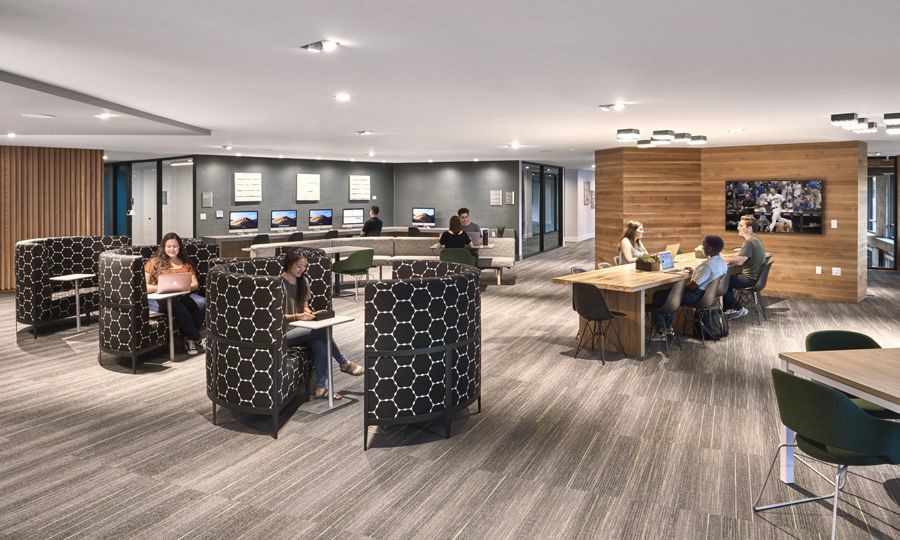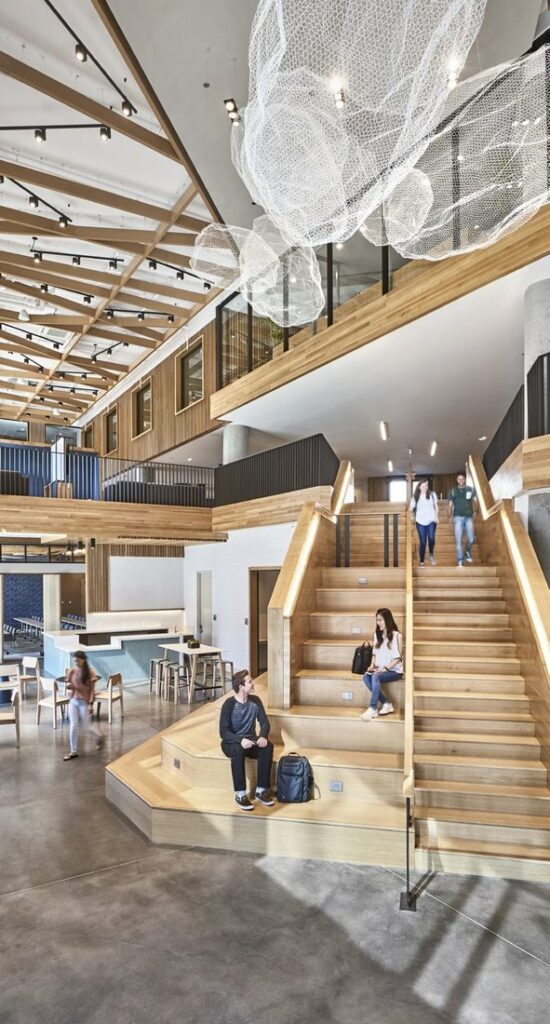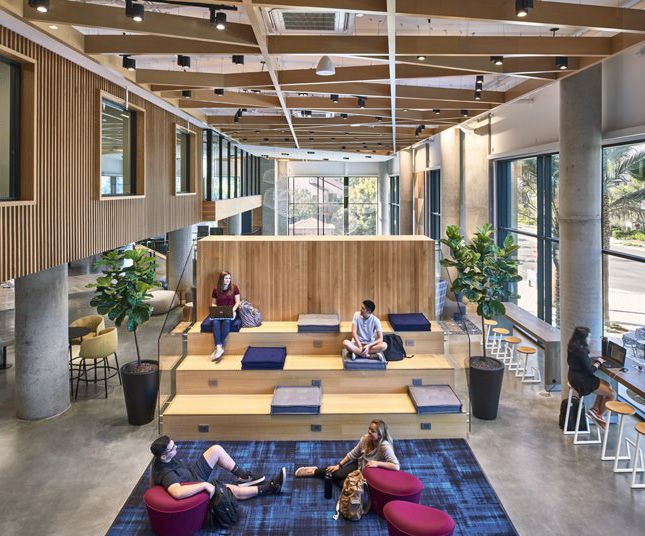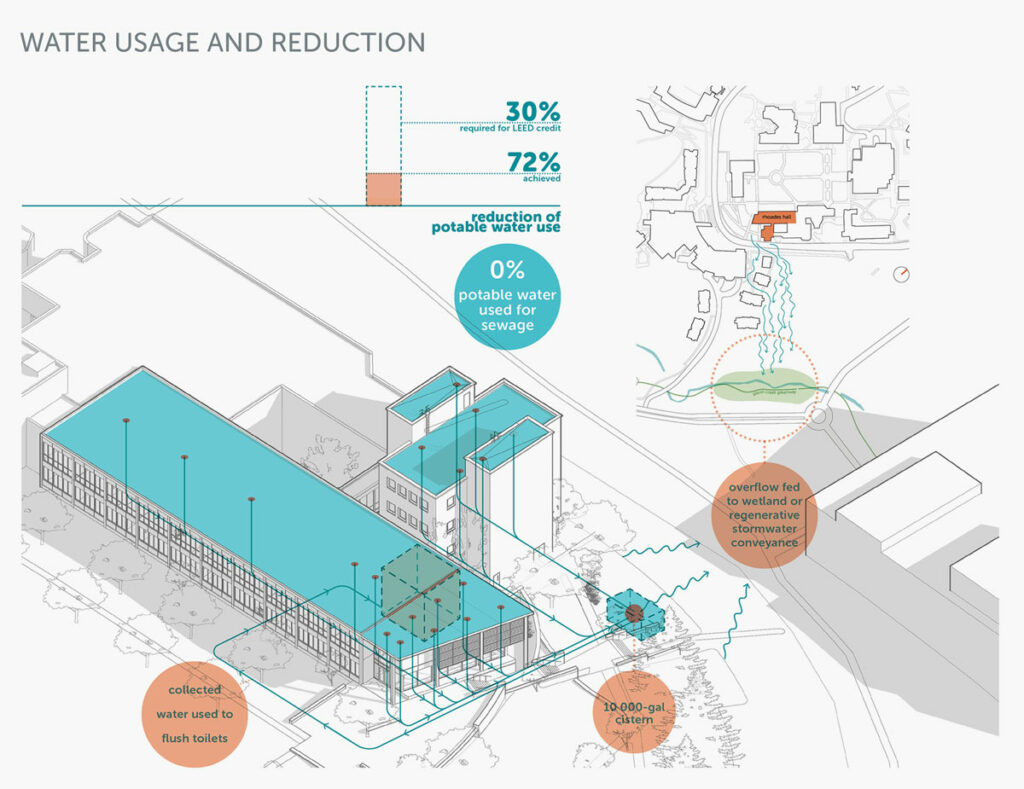We hope that by this point you are beginning to understand how important it is to include sustainability ideas in design. We must keep in mind that sustainability is a concept that may be utilized in almost all facets of daily life. Its core objective would encompass securing better alternatives in face of disaster or unprecedented damages but also serve as a guarantee that we can have a better life today and our children will still stand a chance to benefit from the same innovations. When applied to the design of everyday things and services, sustainability makes what we can call in that context sustainable design. And sustainable design has lots of benefits and advantages. we want to walk you through some of the successful sustainable designs we read.
Since the rise of sustainable design, designers have been asserting that sustainability has a much stronger case than just environmental reasons: There is also a viable economic argument for designing buildings with environmental benefits [1].
Even when no formal certification is sought, sustainability is baked into most new commercial and multifamily housing projects, but when it is (and competitors are in the field) the certification of choice for many developers is still U.S. Green Building Councils Leadership in Energy and Environmental Design.
Diana Mosher studies some sustainable designs relating to housing. One example of a sustainable building she wrote about is the University of California Irvine’s NET-ZERO HOUSING. The University of California (UC) is well-known for its dedication to sustainability, particularly since the implementation of its carbon-neutral policy. When Plaza Verde student housing debuted in September 2019, the net-zero project (which is still pending final LEED Platinum certification) was hailed as the greenest housing complex in the entire UC system by the Provost.


Plaza Verde features an all-electric system that eliminates the need for natural gas and employs cutting-edge technologies such as heat pump water heaters and an electric outdoor grill system, among other energy-saving equipment. “We soon decided that because natural gas is a nonrenewable energy source, this building would not have any natural gas service,” Kasdan added. A central boiler system is a common energy-efficient technique for providing hot water in large buildings, but there is currently no electric boiler system that can serve a building of this size. As a result, each apartment received its own electric water heater and heat pump.

The sustainability of Plaza Verde extends beyond building and into operations and resident behavior. Ceiling fans improve the facility’s comfort and efficiency while lowering the campus’s overall energy consumption. Water-saving plumbing fixtures contribute to significant reductions in potable water consumption. Students are also encouraged to use alternate modes of transportation; bike storage holds over 760 bikes, and the Irvine site provides access to many public transportation lines as well as near walking proximity to community facilities.
David Lancor, AIA, LEED AP BD+C, is an architect and associate principal with Clark Nexsen. He conducted a case study with the redesign of Rhodedes Hall, UNC Asheville’s 1950s Academic Building, Rhodedes Hall, UNC Asheville’s 1950s Academic Building, serves as a case study of the economic value of sustainable design: it achieved an annual 46.8 percent decrease in energy use and a nearly 25 percent decrease in energy costs.
The findings from the research presented help the design community to implement strategies that not only achieve the building energy-savings goals, but also address occupants’ needs regarding comfort and utilization of the space, creating a total system of efficiency for users and building managers, and thereby achieving all three components of sustainability: reductions in environmental impacts, increased societal outcomes, and lowered financial costs [2].
The design team was able to find the most cost-effective alternative for the project by conducting a comparative life cycle cost study of different grades of glazing and their impact on the tonnage required for the mechanical system. This option provided immediate cost savings while also saving the owner money over the life of the building.

Water-efficiency techniques in green buildings help to reduce water use by encouraging stormwater capture and the use of non-potable sources.

One of the biggest benefits of green buildings is the lower cost of upkeep: With specifically engineered design elements helping reduce power and water bills, these energy-efficient structures can save the business and residential owners a bundle. All these categories can benefit from having a building certified as Green and increasing operating efficiencies. In addition to UNC Asheville’s interest in reduced operational costs and energy use, UNC Asheville values water management and conservation, making reducing water usage central to our design process [2].
It is already common knowledge that placing a green roof on a building helps to reduce energy use, absorb runoff, and combat air pollution. Green roofing benefits go beyond aesthetics, from reduced stormwater runoff and urban dust to energy-efficient cooling.
It is important to stipulate here that ecological design does not address the core issue of whether the product is needed within the context of total sustainability. Designing for reusability and recyclability is generally seen as an easier choice where increasing energy efficiency or decreasing emissions might lead to fewer environmental impacts (Goggin and Dewberry, 1997).
Andrew Sadler, a renewable energy specialist, presents seven criteria for sustainable construction. Principles that we believe are important to mention. Constructions certainly have consequential impacts on the environment. They are accounted to be causing 45% of total UK carbon emissions for example. To ensure that building projects are as sustainable as feasible, environmental factors such as the 7 principles of sustainable construction must be considered from the very beginning of the construction process. The seven principles of sustainable construction proposed by Andrew Sadler are a technique for contributing to a better built environment while reducing our overall carbon footprint. They cover areas like sustainable design, durability, energy efficiency, waste reduction, indoor air quality, water conservation, sustainable building materials.

To sum Andrew Sadler’s 7 principles up, we can say that :
- The early planning and design of a building have a significant impact on lowering energy consumption and pollution. The earlier you incorporate sustainable construction into your design, the more sustainable the building will be.
- Referring to durability, the astonishing antiquity of Austrian structures demonstrates the longevity of construction materials. These structures are excellent examples of how to construct modern, sustainable structures.
- Increasing energy efficiency will help you save money by cutting fuel usage, which reduces CO2 emissions. This allows us to reduce our contribution to climate change.
- Improving the energy efficiency of technology has the potential to drastically cut energy usage and emissions. Switching to environmentally friendly energy technology will transform your sources into services such as illumination, transportation, and heat.
- Developers can now choose from a wide range of energy-efficient building materials. Insulating concrete forms, low-emissivity windows, structural insulated panels, and many other materials are available.
- To be successful, you must execute your goal of producing an energy-efficient building throughout the concept/design stage.
- Bad air quality, which is often produced by indoor pollution that emits dangerous particles, can have a severe impact on interior settings and people’s health.
- Water is becoming an increasingly valuable resource, with pollution and climate change having a significant impact on freshwater supplies. You can recall this in the case study with the redesign of Rhodedes Hall, UNC Asheville’s 1950s Academic Building, Rhodedes Hall, UNC Asheville’s 1950s Academic Building where the designers made reducing water usage central to their design process and it worked. And finally, sustainable materials can be explained as materials that have no direct impact on the environment and do not use non-renewable resources
We would also like you to read and explore sustainable design projects. We have found a non-exhaustive list of 30 Sustainable Projects Leading the Way for Green Design published by Interior Design.
We also suggest having a look at the top 10 eco-friendly design trends of 2022 published by Srishti Mitra, a junior editor and a social media marketer at Yanko Design.
References
[2] https://www.clarknexsen.com/blog-case-study-on-the-economic-value-of-sustainable-design
[3] https://interiordesign.net/projects/25-sustainable-projects-leading-the-way-for-green-design/
[4] https://www.intechopen.com
[5] https://www.yankodesign.com/2022/02/17/top-10-eco-friendly-design-trends-of-2022/